What is Bentonite Clay ?
?
Bentonite clay, or otherwise known as Montmorillonite clay, is derived from aged ashes of volcanos! The difference in names is based on geographical location. Bentonite comes from a large deposit of clay in Wyoming and Montmorillonite comes from another large clay deposit in France. It is known as the “healing” clay. Many ancient cultures would ingest it to cleanse themselves and restore balance from within.
This clay has a “swelling” property it possesses. When it comes into contact with liquid it expands attracting toxins because of its electrical pull. Toxins generally have a missing ion which is what causes the attraction and binding ability. This is what gives bentonite clay its detoxifying property. The toxins, chemicals, impurities, or heavy metals present are able to bind to the bentonite clay and be removed. Bentonite clay is amazing for cleansing and protecting your skin. If ingested, the toxins will also bind in the same manner to be expelled through the digestive system. It is used in many natural products such as: face masks, toothpaste, bath soaks, etc. It is also used to cleanse the digestive tract and rid pathogenic bacteria.
Why Does Bentonite Clay Have So Many Beneficial Properties?
The electrical property bentonite clay has is similar to that of grounding. When we are barefoot on Earth we are connected to Earth’s electrical attraction and have the ability to create an electrical charge. Water increases this attraction, hence when bentonite clay is combined to a liquid the electrical property becomes present.
Bentonite clay offers an array of ways to detoxify. Detoxification reduces inflammation and increases immunity. Because of its electrical properties it allows toxins to bind to the clay and be expelled through the digestive system or removed from the surface skin area.
Less commonly talked about are the tremendous effects it has on human bacterial infections. It has been proven to be bactericidal against E. coli, ESBL E. coli, S. entericaserovar Typhimurium, P. aeruginosa, and M. marinum and significantly reduce the growth of S. aureus, PRSA, and MRSA! These experiments were actually done here in Arizona at ASU and supported by a Public Health Service grant! Talk about an inexpensive and NATURAL way to treat such a nasty issue. There is a growing list of antibiotic resistant infections and an overprescribed amount of antibiotics being handed out regularly today. Educating yourself and knowing alternative and natural ways to combat prominent health issues is powerful.
Bentonite clay has an enormous amount of minerals! Some people take it as a supplement because it provides calcium, magnesium, silica, sodium, copper, iron, potassium, manganese, and many other necessary dietary nutrients.
What Are The Beneficial Properties of Bentonite Clay?
-
- It can have an alkalizing effect on the body. Its minerals have many alkalizing properties which combat the common heavy acidic diets.
- Common skin issues such as acne, psoriasis, dermatitis, chicken pox, burns, eczema, insect bites, poison ivy, dermal allergic reaction etc. The high adsorption and absorption capacities and cation exchange capacity of the minerals found in bentonite clay are important reasons why these minerals are used to remove oils, secretions, toxins, and contaminants from the skin. By adsorbing and absorbing moisture and impurities from the skin, the clays also serve to cleanse and refresh the skin surface and to aid in the healing of topical blemishes, the major selling point for many cosmetics. Its absorbing qualities make it great natural baby powder.
- It is used in detox bath soaks. Use about 1/4 – 1/2 cup depending on the size of your tub. The toxins that are expelled through your skin will bind to the clay.
- Its wonderful antibacterial properties make this perfect for toothpastes! It can help remineralize teeth as well as help bind to heavy metal toxins in a bentonite clay mouth rinse.
- *make certain you’re using a internally safe quality clay* this bentonite clay
IS! Use internally for allopathic treatment of gastrointestinal illnesses, acute and chronic diarrhea, use as a way to get rid of a parasite, and increase your healthy gut bacteria. Recall, bentonite clay has negatively charged electrons. This allows it to withstand stomach acids and survive long enough to bind to toxins and then expel them. Mix a 1/2 – 1 teaspoon in a glass container of water to ingest. Remember: do not ever mix or store in a metal container.
- Research has shown that bentonite clay and magnesium will purify your water. It can help remove fluoride in your water. This is an awesome and inexpensive biohack especially if traveling to developing countries.
- It is also believed that ingesting clay creates a physiological response to mineral nutrient deficiencies, such as iron or zinc, to satisfy a dietary craving, and to ease psychosocial problems, including anxiety, stress, and obsessive-compulsive disorder
References
Axe, J. (2014). 10 Proven Bentonite Clay Benefits & Uses – Dr. Axe. Retrieved July 01, 2016, from https://draxe.com/10-bentonite-clay-benefits-uses/
Carretero MI. Clay minerals and their beneficial effects upon human health. A review: Applied Clay Science. 2002;21:155–163.
Clark, K. J., Sarr, A. B., Grant, P. G., Phillips, T. D., & Woode, G. N. (1998, October). Result Filters. Retrieved July 01, 2016, from http://www.ncbi.nlm.nih.gov/pubmed/9850994
Gomes CSF, Silva JBP. Minerals and clay minerals in medical geology. Applied Clay Science. 2007;36:4–21.
HAYDEL, S. E., REMENIH, C. M., & WILLIAMS, L. B. (2007, December 10). Broad-spectrum in vitro antibacterial activities of clay minerals against antibiotic-susceptible and antibiotic-resistant bacterial pathogens. Retrieved July 01, 2016, from http://www.ncbi.nlm.nih.gov/pmc/articles/PMC2413170/
Lacey EP. Broadening the perspective of pica: Literature review. Public Health Reports. 1990;105:29–35. [PMC free article] [PubMed]
Mahaney WC, Milner MW, Mulyono H, Hancock RGV, Aufreiter S, Reich M, Wink M. Mineral and chemical analyses of soils eaten by humans in Indonesia. International Journal of Environmental Health Research. 2000;v. 10:93–109.
Ober, C., Sinatra, S. T., & Zucker, M. (2010). Earthing: The most important health discovery ever? Laguna Beach, CA: Basic Health Publications.
Sayetta RB. Pica: an overview. American Family Physician. 1986;v. 33:181–185. [PubMed]
Thakre, D., Rayalu, S., Kawade, R., Meshram, S., Subrt, J., & Labhsetwar, N. (2010, August 15). Result Filters. Retrieved July 01, 2016, from http://www.ncbi.nlm.nih.gov/pubmed/20462694
Williams, L. B., & Haydel, S. E. (2010, July 01). Evaluation of the medicinal use of clay minerals as antibacterial agents. Retrieved July 01, 2016, from http://www.ncbi.nlm.nih.gov/pmc/articles/PMC2904249/
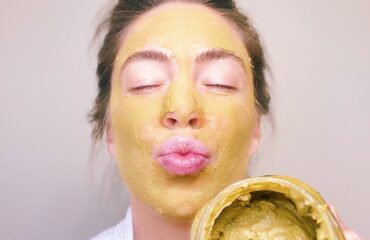
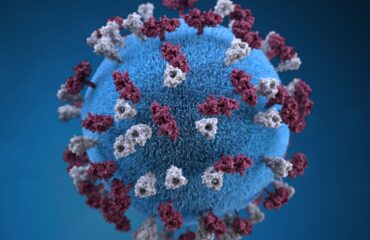
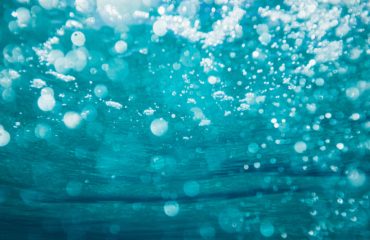
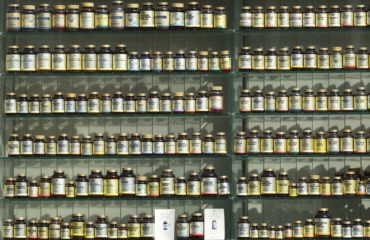
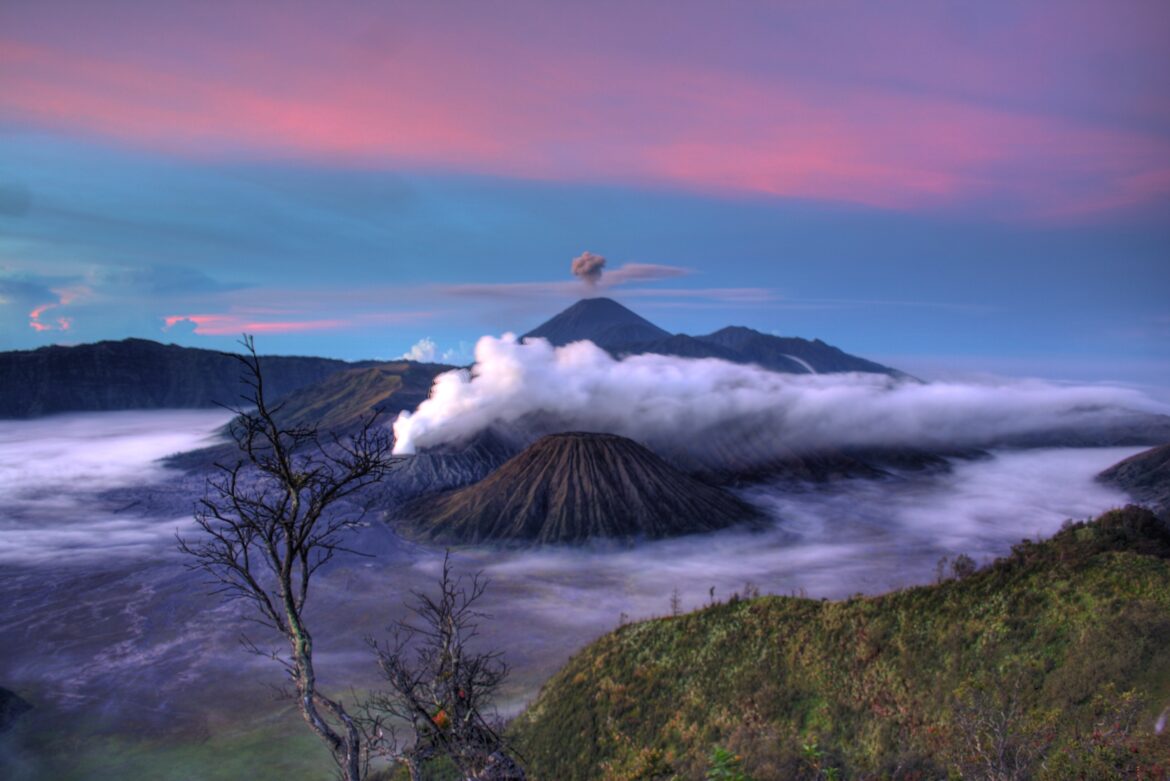
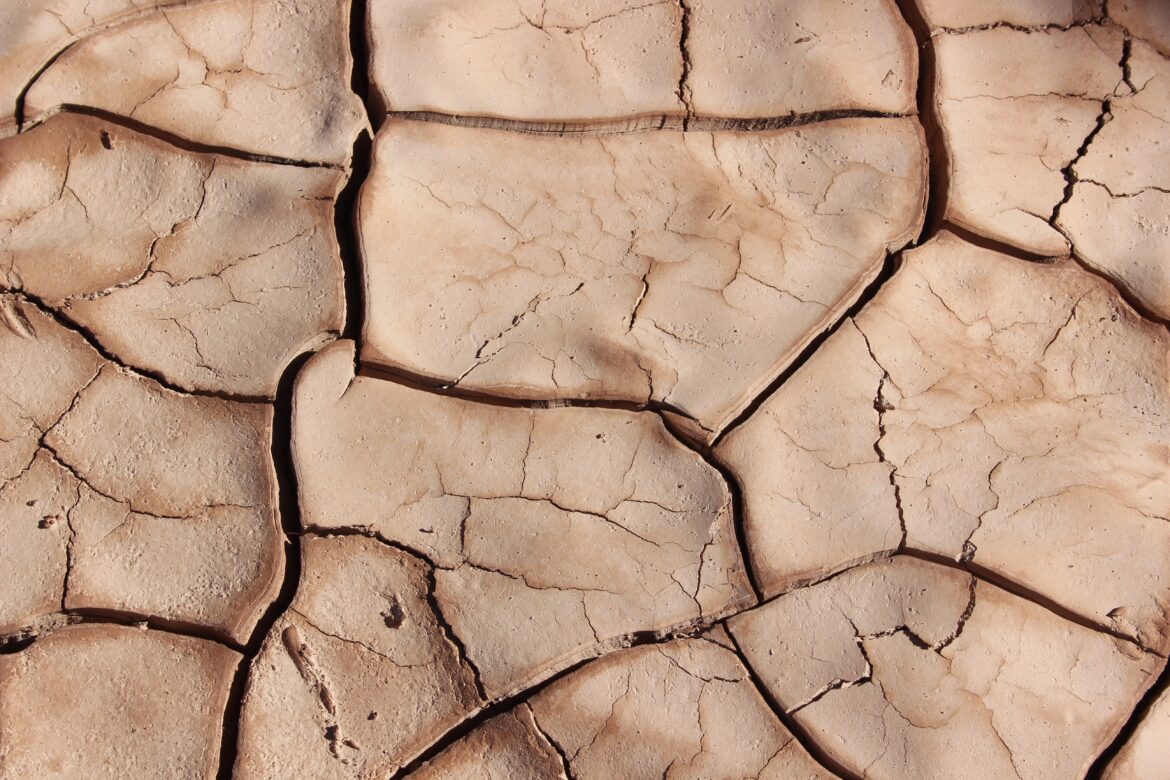
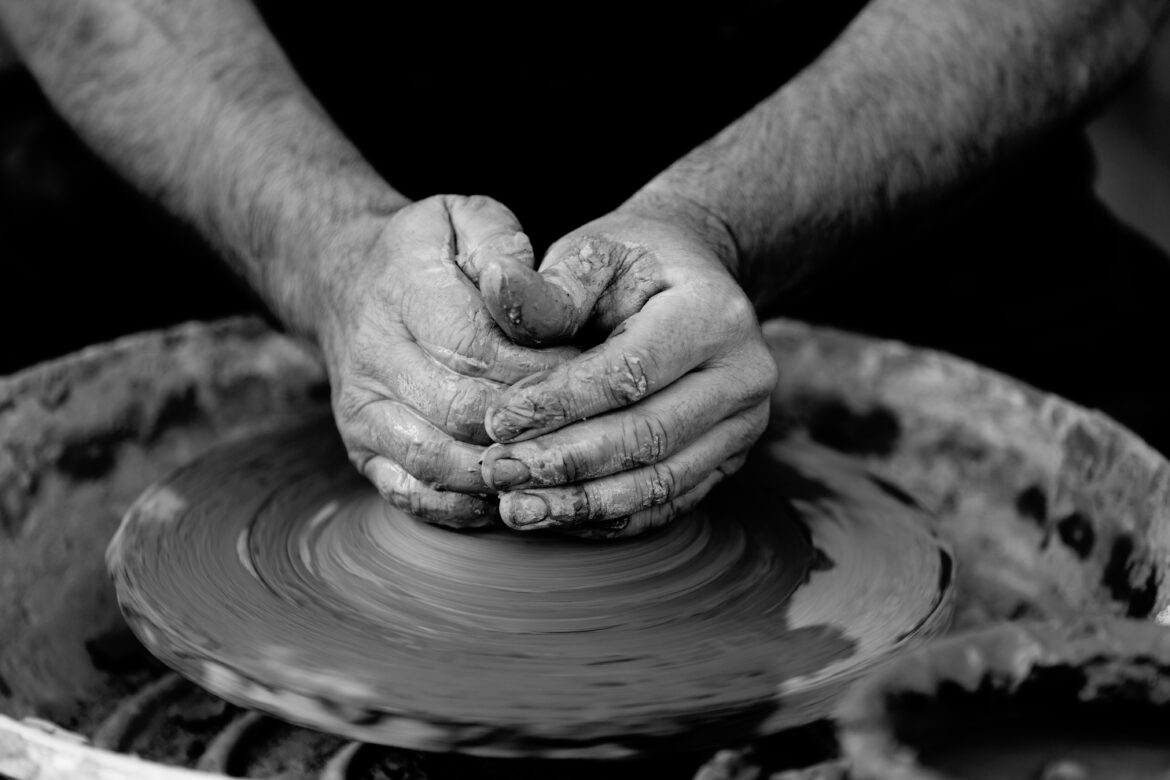

Comments (1)
[…] a great clay mask recipe for you to help detoxify your skin. Read Enlighten Life’s post on bentonite clay to better understand all the amazing benefits it […]
Comments are closed.